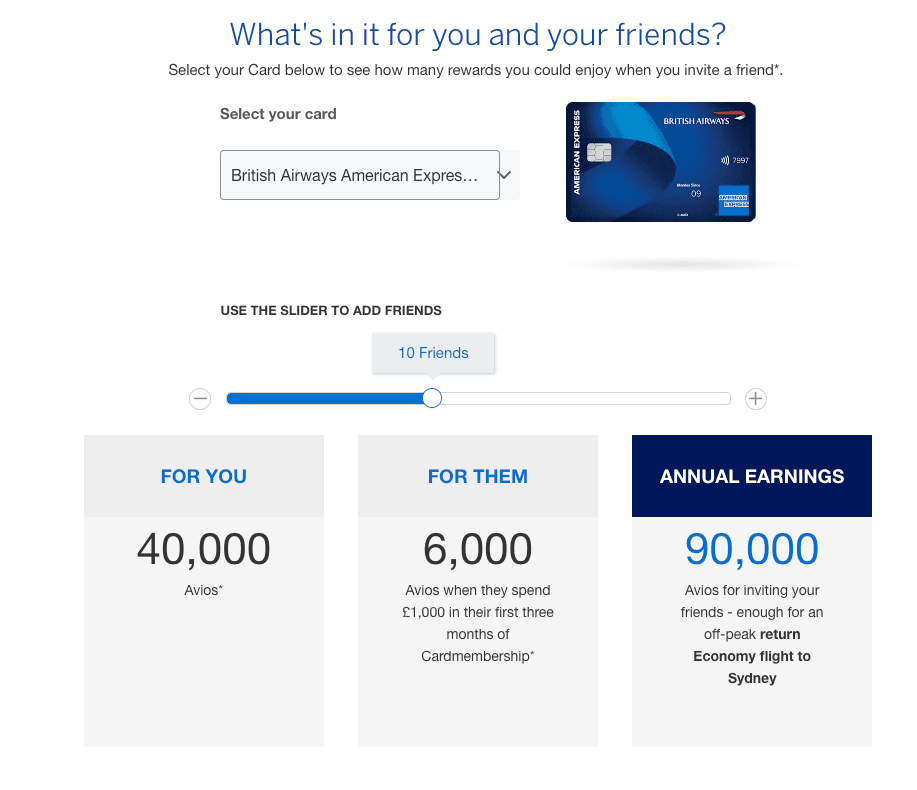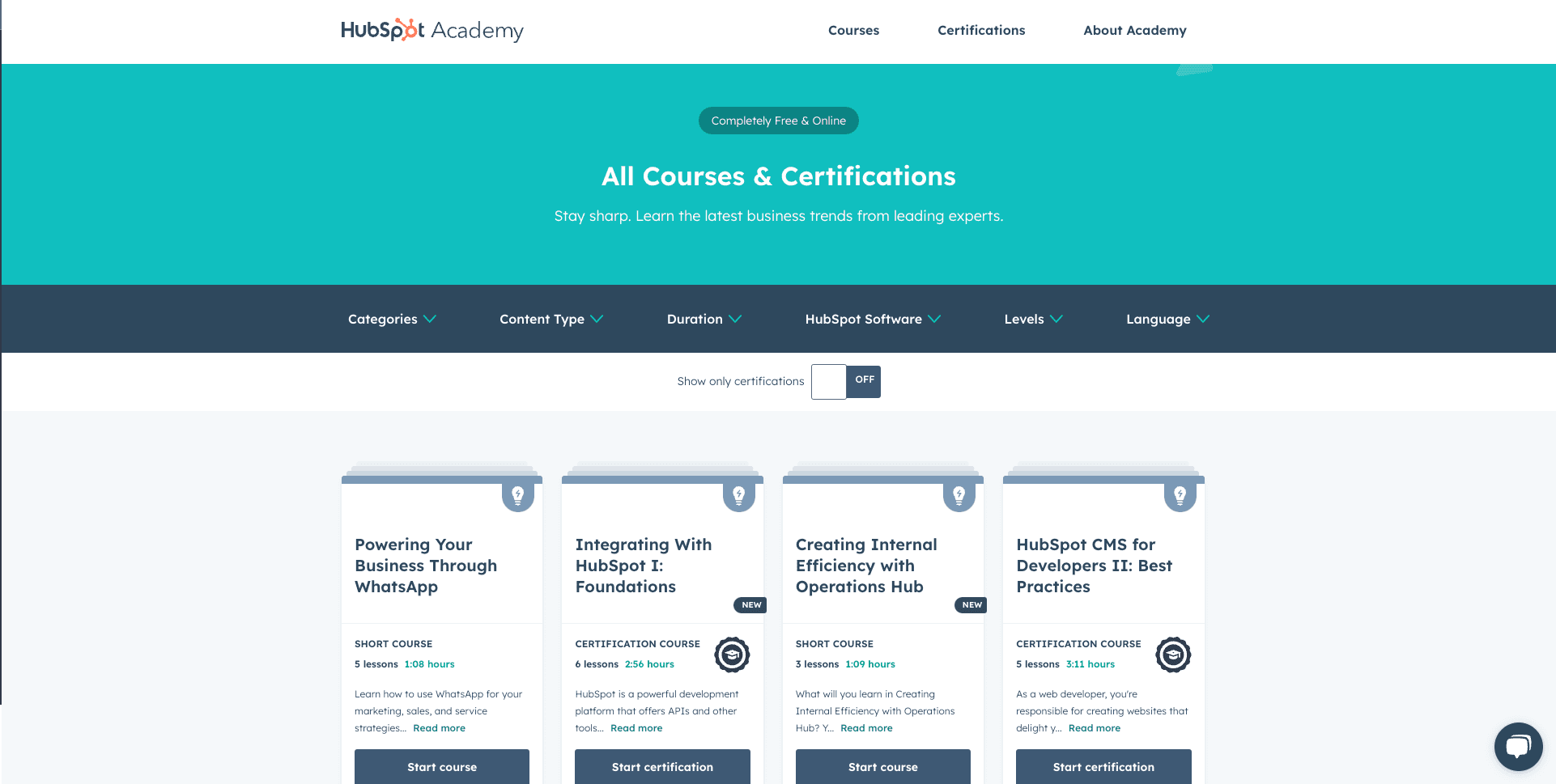Every business pursues one essential goal: acquiring customers. More customers translate directly to increased revenue. However, the journey from lead generation to conversion can be intricate and challenging.
In this article, we'll explore the core objectives of growth marketing, examine proven campaign strategies, and identify key metrics that can help measure your success. By the end, you'll have a comprehensive understanding of how to implement effective growth marketing tactics that drive both customer acquisition and revenue growth.
What is Growth Marketing?
GGrowth marketing is a scientific approach to engaging, acquiring, and retaining customers through data-driven experimentation. Unlike traditional marketing methods, growth marketing personalizes every touchpoint in the customer journey, adapting marketing channels and campaigns to match your customers' unique preferences and behaviors.
At its core, growth marketing involves continuous testing of different strategies to optimize existing campaigns. By aligning your messaging with customer needs and preferences, you create more compelling experiences that drive conversions.
Growth Marketing vs Traditional Marketing
Traditional digital marketing primarily focuses on awareness and new customer acquisition. This top-of-funnel approach casts a wide net to reach potential customers with broadly appealing messages. Traditional marketers typically rely on established techniques like promotions, email campaigns, and advertising to bring in new business.
In contrast, growth marketing takes a full-funnel approach, optimizing every touchpoint throughout the entire customer journey. Growth marketers analyze performance data to identify underperforming channels and campaigns, allowing for rapid testing and pivoting when necessary. This data-driven approach stands in stark contrast to traditional marketing's slower adoption of new strategies.
| Criteria | Growth Marketing | Traditional Marketing |
|---|---|---|
| Speed | Fast | Slow |
| Funnel Focus | Full Funnel | Awareness and Acquisition only |
| Data Driven | Uses data heavily to measure performance | Tends to be based more on intuition and experience |
| Channels | Uses any channels a customer is present on | Uses proven channels such as TV and radio |
| Budget | Flexible | Large |
The Five Components of Growth Marketing
Growth marketing encompasses the entire marketing funnel, but we can break it down into five essential components:
- New channel identification: Discovering and testing new channels to connect with your target audience. This includes both standard channels like Google Search Ads and email marketing, as well as more innovative approaches like podcast sponsorships and influencer partnerships.
- Channel and campaign optimization: Analyzing current marketing efforts to identify improvement opportunities that increase conversion and retention. This might involve refining your target audience for paid media, testing new ad copy, or running A/B tests on your email onboarding sequence.
- User experience optimization: Examining each stage of your customer journey to reduce friction points and enhance the overall experience. For instance, you might address high bounce rates on specific landing pages or resolve issues where users get stuck during onboarding.
- Upsell optimization: Using behavioral and historical data to identify opportunities for additional sales. Examples include product recommendations during checkout or notifying existing customers about relevant new features.
- Retention: Implementing strategies to maintain customer relationships and prevent churn. This could involve proactive customer support through channels like Slack or developing churn prediction models to identify at-risk accounts.
The Data Warehouse is for Marketers
Hightouch offers a suite of purpose-built, no-code features that unleash the power of the data warehouse for every team within your organization.


Powerful Growth Marketing Campaign Examples
To fully maximize and accelerate your growth marketing strategy, you need to experiment with many different campaign types. The most common growth marketing campaigns include referral, winback, loyalty, nurture, upsell, abandon cart, exit capture, and retargeting.
Referral
Referral campaigns leverage word-of-mouth to acquire new customers by incentivizing existing users to recommend your product or service to others.
American Express runs a highly successful referral program that offers Avios points to customers who refer friends. The referred friends also receive points when they sign up through the referral link, creating a win-win situation that drives acquisition.

Americian Express referral campaign
Win-back
Win-back campaigns focus on reengaging customers who have stopped using your product or service. These campaigns target users based on metrics like time since last purchase or app login, and typically offer incentives through channels like app notifications, ads, or email.
Spotify effectively implements win-back campaigns by offering lapsed users three months of premium subscription as an incentive to return to the platform.

Spotify's win-back campaign Image source
Loyalty
Loyalty campaigns build long-term customer relationships and encourage retention. These programs typically reward continuous usage or purchases with points that can be redeemed for special discounts or rewards.
Starbucks has created one of the most recognized loyalty program, where customers earn stars for each purchase. As they accumulate stars, customers unlock rewards ranging from free drinks to customization options like extra espresso shots.

Starbuck's loyalty program
Nurture
Nurture campaigns focus on building and maintaining customer relationships throughout their journey, with the ultimate goal of transforming them into brand advocates.
These campaigns often use segmentation to deliver personalized content, including educational materials that help customers understand their challenges and potential solutions. Automated email sequences can deliver timely, relevant messages that strengthen your relationship with customers.
Hubspot exemplifies this approach by offering free educational courses and certifications that help marketers improve their skills. These resources subtly demonstrate Hubspot's value while providing genuinely useful information that guides users through the customer journey.

Hubspot's nuture campaign
Upsell
Upsell campaigns increase customer lifetime value by offering additional features, higher-tier upgrades, or complementary products based on customer preferences. These campaigns maximize revenue while delivering additional value to customers.
Strategies might include webinars or tutorials that showcase the benefits of premium features, or targeted email campaigns highlighting relevant additional services.
Amazon's "frequently bought together" section represents a classic upsell strategy, highlighting complementary items based on the customer's current selection.

Amazon's upsell strategy
Retargeting
Retargeting campaigns focus on potential customers who have interacted with your website but haven't converted. Successful retargeting involves segmenting audiences based on specific actions, such as abandoning a shopping cart, then delivering relevant messaging to encourage conversion.
Casper effectively implements this strategy with cart abandonment emails featuring clean design, product images, and clear calls to action that entice users to complete their purchase.

Casper's cart abandonment email Image source
Exit Capture
Exit capture campaigns aim to engage website visitors who are about to leave without taking a desired action. These campaigns typically trigger popups when users move toward the close or back button, delivering targeted messages or offers to recapture their attention.
Neil Patel uses this approach on his website, targeting users' pain points around SEO traffic and offering an action plan as an incentive to complete a survey before leaving.

Neil Patel's exit capture pop up
Essential Metrics for Growth Marketing
To evaluate your growth marketing performance, track these critical metrics:
Conversion Rate
Conversion rate shows the percentage of traffic or impressions that achieve your business goal. Calculate website conversion rate by dividing the number of conversions by total visitors. For example, if 1,000 visitors resulted in 50 conversions, your conversion rate would be 5%. This metric helps you understand how effectively your campaigns and channels drive desired actions.
Customer Acquisition Cost (CAC)
CAC measures the average cost to acquire a new customer. Calculate it by dividing your total marketing and sales expenses by the number of new customers acquired in the same period.
For instance, if you spent $10,000 on marketing and sales activities in a month and acquired 100 new customers, your CAC would be $100 per customer. Tracking CAC helps identify your most cost-effective channels and campaigns, allowing you to reallocate budget from less successful initiatives.
Lifetime Value (LTV)
LTV represents the total value a customer brings throughout their relationship with your company. Calculate it by multiplying the average customer value by the average customer lifetime.
For example, if customers purchase a $10 monthly subscription and maintain it for an average of 12 months, their LTV is $120. This metric helps determine how much you can afford to spend on customer acquisition and identifies high-value customer segments worth additional retention efforts.
Retention Rate
Retention rate measures the percentage of customers you retain over a specific period. Calculate it using this formula:
Retention Rate = ((Number of Customers at Period End - New Customers Acquired During Period) / Number of Customers at Period Start) × 100
For example, if you started with 1,000 customers, acquired 200 new ones, and ended with 900 customers, your retention rate would be ((900 - 200) / 1,000) × 100 = 70%. This metric evaluates the effectiveness of your retention campaigns and helps identify reasons for customer churn.
Key Benefits of Growth Marketing
Growth marketing delivers several significant advantages beyond identifying effective channels and campaigns:
- Enhanced customer experience: By examining the entire funnel from first touch to post-sale, growth marketers create more personalized, cohesive customer journeys.
- Improved ROI: Continuous data analysis allows for faster resource reallocation and strategy adjustments. Identifying and fixing funnel leaks strengthens all top-of-funnel marketing channels.
- Greater scalability: Growth marketing creates compound results by allowing successful techniques to be applied across multiple channels and campaigns based on experimental feedback.
The AARRR Framework for Growth
For startups and product-led growth businesses, the AARRR framework (also known as Pirate Metrics) provides a structured approach to measuring business growth. This framework breaks the customer lifecycle into five phases:
- Acquisition: Identifying the right audience on appropriate marketing channels and driving them toward desired actions.
- Activation: Helping customers reach their "aha moment" and understand your product's value through positive initial experiences.
- Retention: Building relationships that encourage continued product usage and customer loyalty.
- Referral: Transforming customers into brand advocates who share your product with others, often incentivized through referral programs.
- Revenue: Generating income through strategies like feature upgrades, upselling, or cross-selling.
The AARRR framework gives growth marketers a structured approach to develop strategies for each stage and track progress through specific metrics.
Conclusion
Growth marketing offers a data-driven approach to accelerate company growth through continuous experimentation. Success hinges on your ability to quickly test, learn, and adapt based on performance data.
With a composable CDP solution, marketers can build audiences directly from their data warehouse, sync customer profiles across marketing tools, drive omnichannel personalization, and unlock the full potential of their customer data. This warehouse-native approach eliminates the need to copy data to less secure silos, instead turning existing data infrastructure into a powerful growth marketing engine.
A healthcare staffing company successfully used Hightouch to run an experiment that saved them $1,000,000. If you want to know more about how Hightouch can help power your growth marketing, book a demo or create a free workspace.
The Data Warehouse is for Marketers
Hightouch offers a suite of purpose-built, no-code features that unleash the power of the data warehouse for every team within your organization.
Check out this one pager to about:
- Building audiences directly off the data warehouse
- Syncing customer 360 profiles accross all your marketing tools
- Driving omnichannel personalization
- Unlocking a warehouse native "Composable" CDP

















